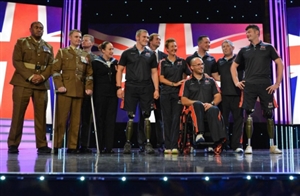Jonny Williamson discusses the design and manufacture of next generation lower limb prosthetics with the recently announced Royal Academy of Engineering research fellow, Dr Alex Dickinson.
Events such as the Paralympics and the recent Invictus Games have offered a fantastic opportunity to raise society’s awareness of people living with disabilities, however for amputees, there remain a number of fundamental challenges that need to be solved in regards to the design and manufacture of the prosthetic limbs – human interface.
That’s the viewpoint of University of Southampton’s Dr Alex Dickinson, who is working in Southampton’s Bioengineering Science Research Group to apply his past research and analysis of orthopaedic implants to external prosthetics.
A prosthetic limb is produced from standard components and attached to the body using a personalised socket. According to Dickinson, the predominant issue with today’s prosthetic limbs stems from the accepted way measurements of the residual limb – the cut bones and the reconstructed soft tissue structures created during the amputation surgery – are captured, and how that translates to the resulting prosthetic socket.
An amputee will return to their prosthetist an average of nine times within the first year, he notes, in order to arrive at a socket fit that’s both comfortable and allows them to begin performing some of the activities they enjoyed previously.
Article courtesy of www.themanufacturer.com. Read the rest of the article here
